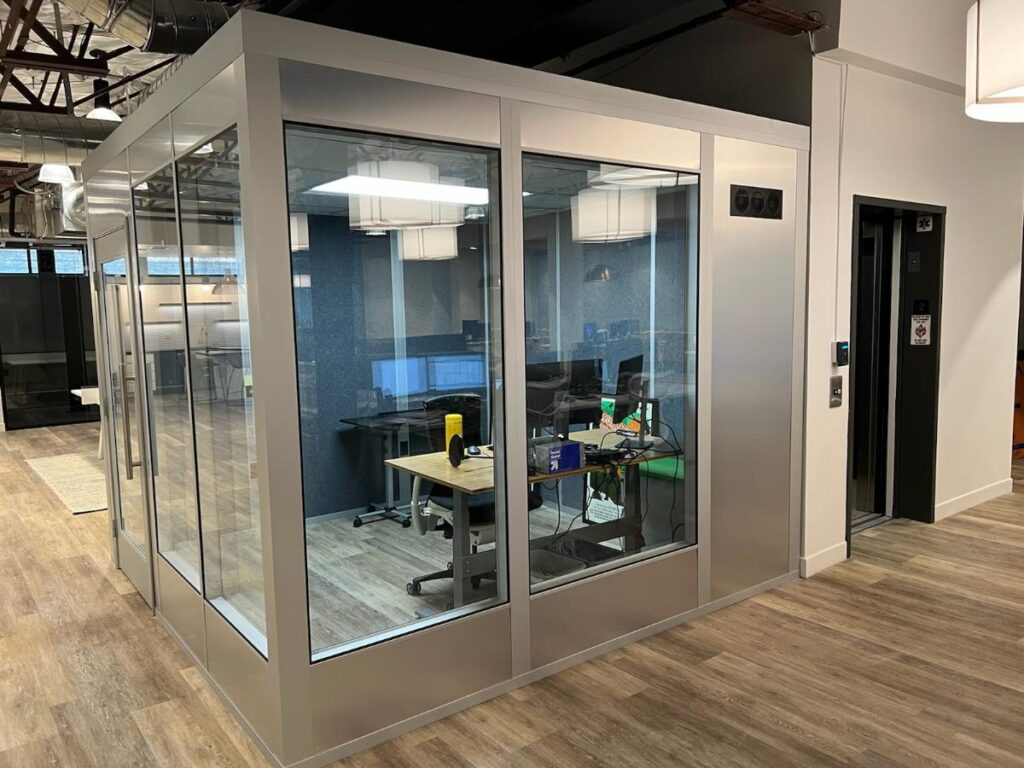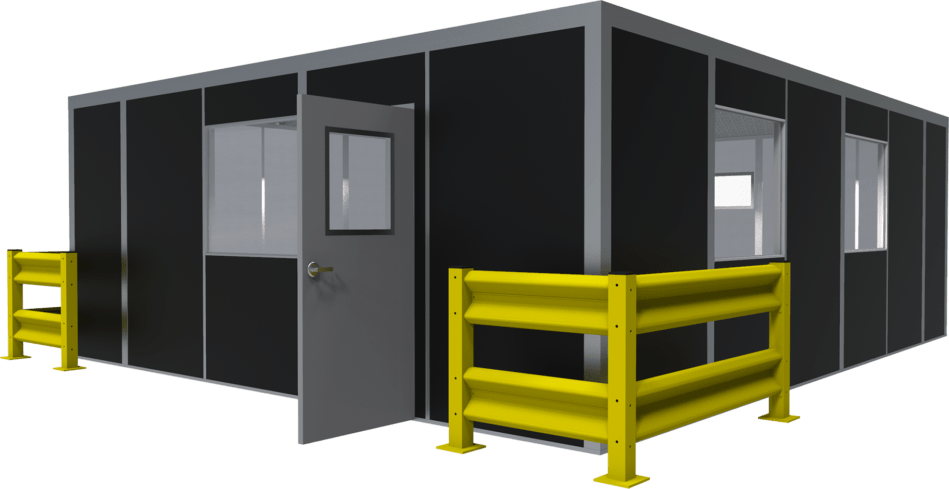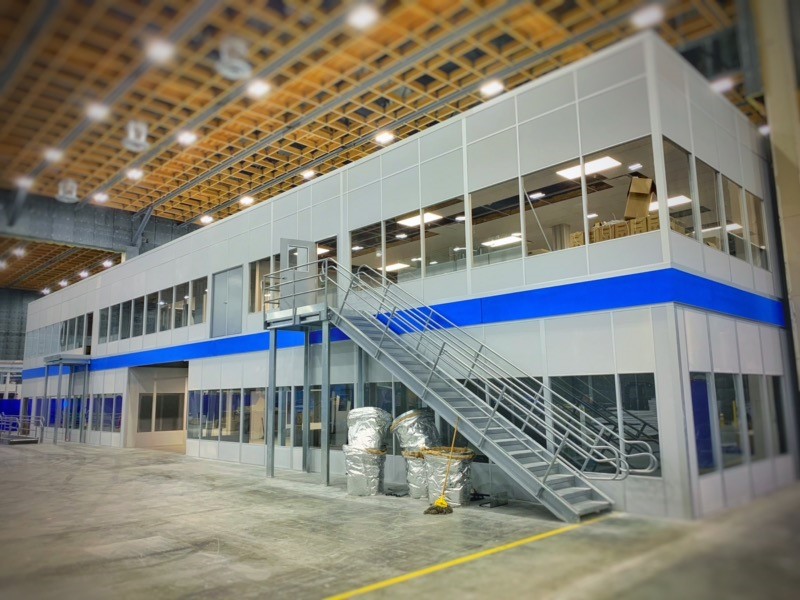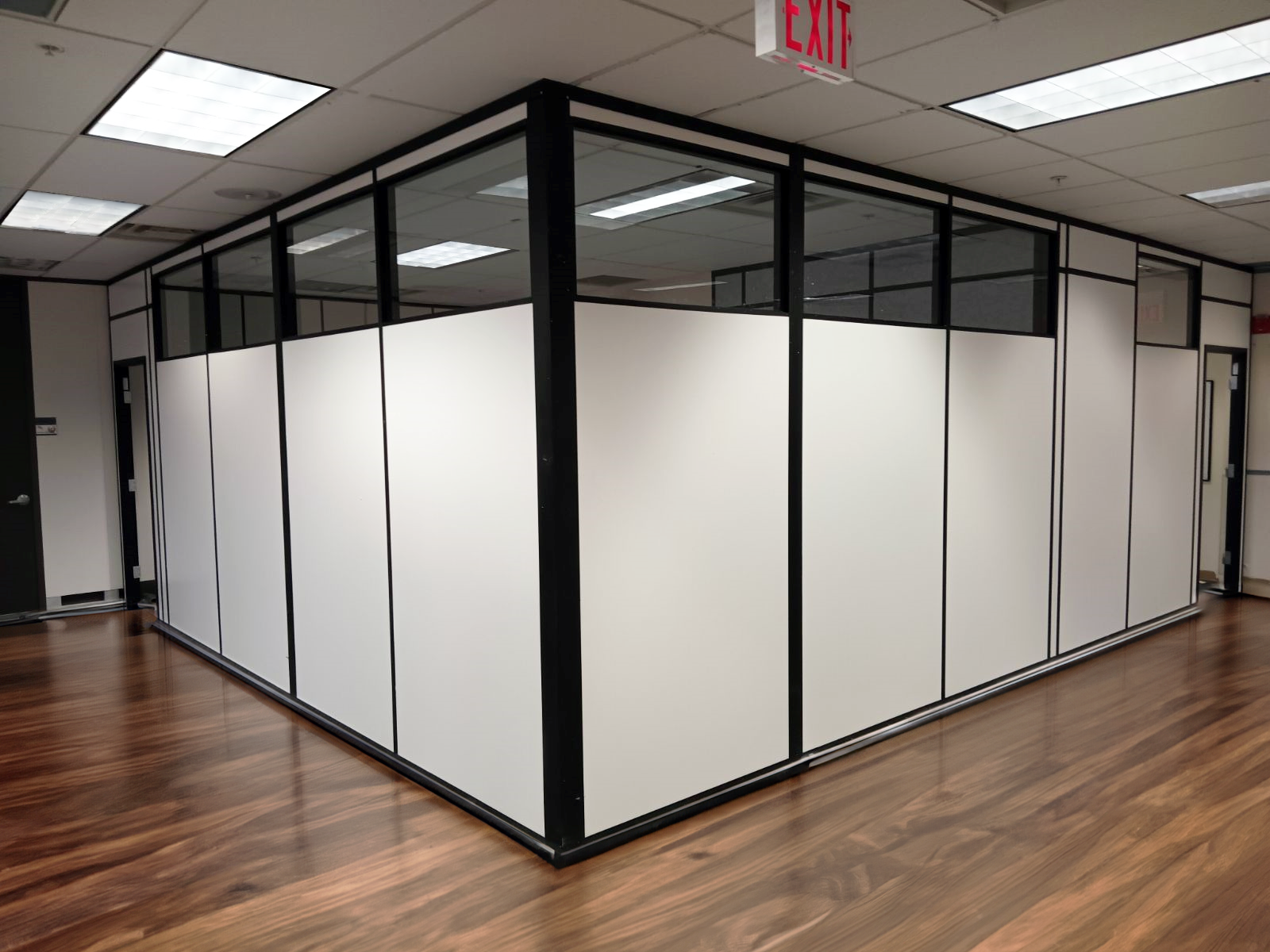Is Modular Construction Cheaper? Insights from Allied Modular
When considering construction options for a new building or expansion, cost is often a primary concern. Modular construction has gained popularity in recent years as a viable alternative to traditional construction methods, but the question remains: Is it cheaper? Let’s delve into this topic with insights from Allied Modular, a leader in the modular construction industry.
Understanding Modular Construction
Modular construction involves fabricating building sections or modules in a factory-controlled environment before transporting them to the construction site for assembly. This method contrasts with traditional construction, where the entire building process occurs on-site.
Cost-Efficiency of Modular Construction
- Reduced Construction Time: One of the most significant cost-saving aspects of modular construction is the reduced timeline for project completion. Allied Modular’s streamlined manufacturing and assembly process can cut construction time by up to 50% compared to traditional methods. This expedited timeline can lead to substantial savings on labor costs and project management expenses.
- Controlled Environment: Fabricating modules in a controlled factory setting reduces the likelihood of construction delays due to weather conditions, which is a common issue in traditional construction. This controlled environment also minimizes material waste and allows for more precise construction, further contributing to cost savings.
- Economies of Scale: Allied Modular’s manufacturing process benefits from economies of scale, meaning the cost per unit decreases as the quantity produced increases. This advantage can make modular construction more cost-effective, especially for larger projects or when multiple similar units are required.
- Flexibility and Reusability: Modular buildings offer the flexibility to be disassembled and relocated or repurposed for different uses. This adaptability can provide long-term cost savings by allowing the same structure to serve multiple purposes over its lifespan, reducing the need for new construction.
Considering the Total Cost
While the initial construction costs of a modular building can be comparable to or slightly lower than traditional construction, the total cost of ownership often tilts in favor of modular construction. The efficiency, speed, and flexibility of modular construction can lead to significant savings over the building’s life.
Project-Specific Factors
It’s important to note that the cost-effectiveness of modular construction can vary depending on project-specific factors such as design complexity, site location, and customization requirements. Allied Modular’s experienced team works closely with clients to optimize designs for cost efficiency while meeting all project specifications and needs.
Conclusion
In conclusion, modular construction can offer a more cost-effective solution than traditional construction methods, particularly when considering the total cost of ownership and the long-term benefits. With the advantages of reduced construction time, controlled manufacturing, economies of scale, and flexibility, modular construction presents a compelling option for many building projects. Allied Modular’s expertise and innovative approach further enhance the cost savings and efficiency of modular construction, making it an attractive choice for a wide range of applications.
